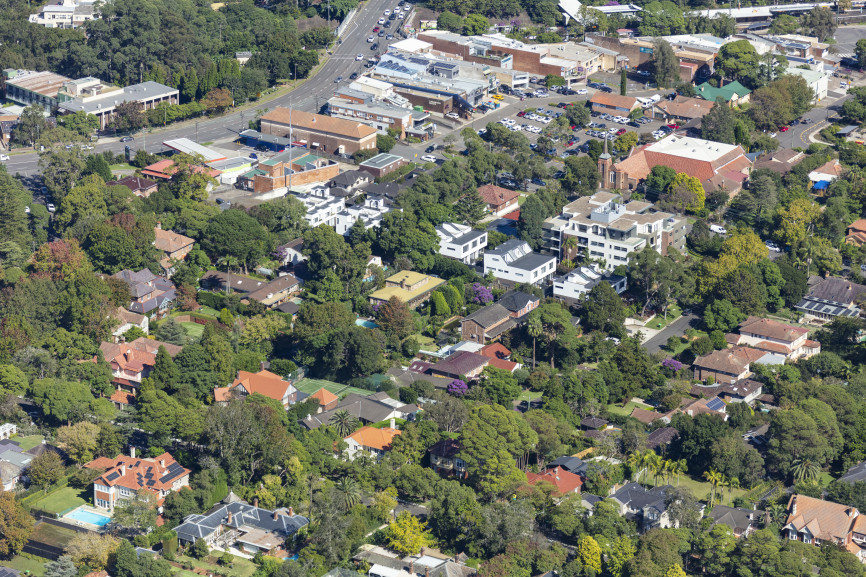MCG Quantity Surveyors is proud to announce the release of its landmark report, ‘Rising Tide of Unit Rents Closes Gap with Houses in Major Capitals,’ shedding light on trans-formative trends in Australia’s rental market over the past year. This in-depth analysis underscores a narrowing affordability gap between house and unit rents in Australia’s leading capital cities: Greater Sydney, Greater Melbourne, and Greater Brisbane, highlighting significant implications for renters and investors alike.

“The findings of our report reflect a remarkable shift in the rental market dynamics, with unit rents experiencing a surge that is narrowing the affordability gap with houses in 3 of our major capitals,” says Mike Mortlock, Managing Director of MCG Quantity Surveyors. “This is indicative of a deeper change in the market, influenced by evolving preferences and housing market conditions.”
In Greater Sydney, the data reveals a consistent rise in house rents from $650 in February 2023 to $700 by February 2024, while unit rents jumped from $540 to $650 over the same period. “The accelerated growth in unit rents compared to houses suggests a strong demand for more affordable, centrally located living options,” Mortlock notes, highlighting the potential drivers behind this trend.
Greater Melbourne and Greater Brisbane follow a similar pattern, with both cities witnessing a significant increase in unit rents, closing the gap with house rents. Melbourne’s unit rents rose from $430 to $520, and Brisbane’s from $470 to $550, underscoring the appeal of urban living and the growing demand for units. “These trends are not just numbers; they tell the story of Australians’ shifting lifestyle aspirations, with a clear tilt towards higher density living options,” Mortlock elaborates.
This shift has implications for both renters, who now find the price difference between choosing a unit over a house diminishing, and investors, who are seeing units emerge as an attractive investment proposition. “For investors, the rising unit rents in inner-city areas point to a potentially higher yield in the short to medium term. However, this opportunity comes with considerations such as strata fees and the ongoing supply of new developments,” advises Mortlock.
MCG Quantity Surveyors’ report, ‘Rising Tide of Unit Rents Closes Gap with Houses in Major Capitals,’ serves as an essential guide for stakeholders across the real estate spectrum. By providing a nuanced understanding of current market trends, the report facilitates informed decision-making for property investment, urban planning and housing policy.
“For those navigating the complexities of the Australian rental market, our report offers not just insights but a roadmap for understanding the evolving landscape of housing affordability,” concludes Mortlock. “It’s crucial for both renters and investors to stay informed about these trends as they shape the future of our cities.”









